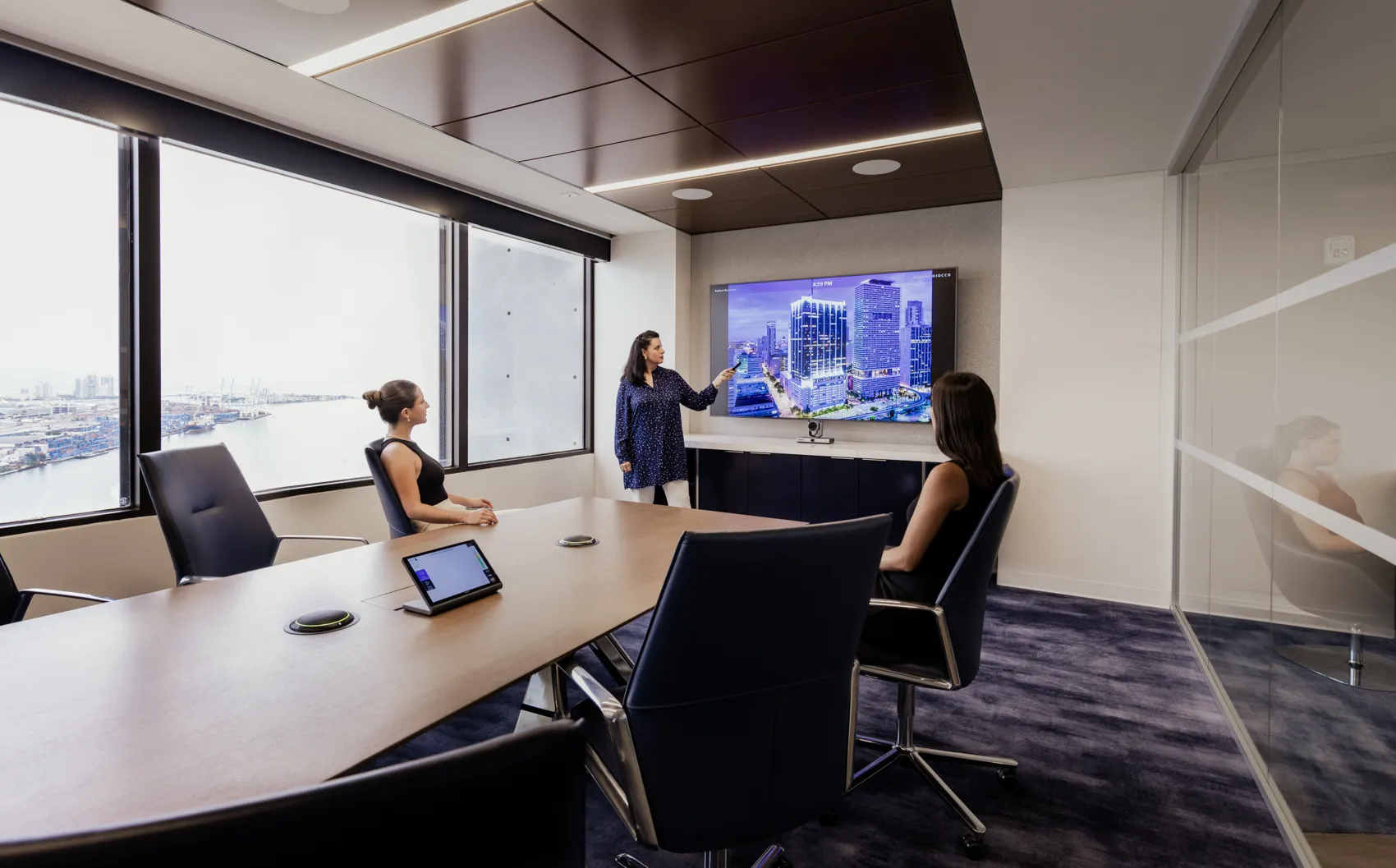How Smart Workplace Strategy Elevates Architecture Practices

How to Create a Winning Workplace Strategy for Architecture Firms
In architecture firms, the workplace isn’t just a space—it’s a statement. It reflects design ethos, fosters creativity, and shapes collaboration. A strong workplace strategy aligns your physical environment with firm goals, team dynamics, and culture. Whether you’re growing or refining your setup, here’s how to create a workplace strategy for architecture firms that works.
1. Define the Strategic Objectives
Before moving walls or buying furniture, clarify your workplace goals. Do you want to attract talent, increase productivity, or foster innovation? Objectives guide every design decision.
2. Understand How Architects Work
Architects need both solitary and collaborative spaces. Plan for sketching, screen work, model-making, and client meetings—all within a seamless workflow.
3. Embrace Open and Private Zones
Balance collaboration with focus. Create project team zones, shared pin-up spaces, and quiet booths to give architects flexibility to work their way.
4. Leverage Natural Light and Materiality
Design aesthetics matter. Maximize daylight, integrate natural materials, and use finishes that reflect architectural values of honesty and proportion.
5. Integrate Design Tools Thoughtfully
Provide for physical model displays, digital renderings, and collaborative technologies like smartboards. Workstations should support both analog and digital workflows.
6. Create a Culture-Driven Layout
Use space to reinforce culture. Do you want mingling across teams or focused studio pods? Plan circulation, leadership proximity, and resource areas accordingly.
7. Promote Wellness and Sustainability
Architects value sustainability—show it. Incorporate biophilia, ergonomic furniture, clean air systems, and sustainable materials to support health and wellbeing.
8. Facilitate Learning and Mentorship
Architecture thrives on dialogue. Design areas for reviews, critiques, and mentorship to encourage formal and spontaneous learning.
9. Enable Flexibility for Growth
Workloads shift. Modular desks, mobile partitions, and multi-use spaces allow the studio to expand or contract as needed.
10. Involve the Team in the Process
Don’t design in isolation. Gather feedback, host workshops, and prototype layouts. Involvement increases satisfaction and ensures the strategy works in practice.
Where Strategy Meets Space
In architecture, the workplace is more than where you work—it’s how you work. A thoughtful workplace strategy for architecture firms empowers teams and broadcasts values. Ask yourself: if your studio was your firm’s portfolio, would it win the commission? Design a workplace that inspires like your work does.